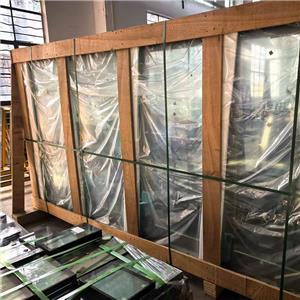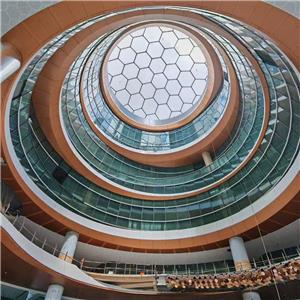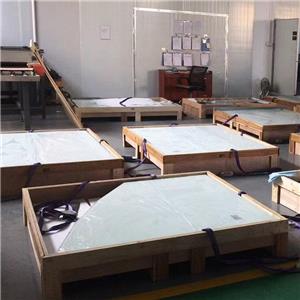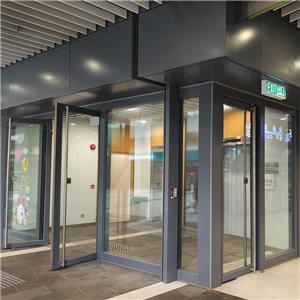The Critical Functions of Self-Closing Fire-Rated Glass Doors in Building Safety
The Critical Functions of Self-Closing Fire-Rated Glass Doors in Building Safety
Self-closing fire-rated glass doors—specifically designed to remain shut under normal conditions—serve as indispensable fire barriers in modern buildings. Unlike standard doors, these engineered systems integrate specialized glass, seals, and hardware to compartmentalize flames and smoke during a fire, directly safeguarding evacuation routes and reducing catastrophic outcomes. Below, we dissect their three primary life-preserving functions.
? 1. Containing Fire and Smoke Through Automatic Closure
Self-closing fire-rated glass doors rely on mechanical closers (e.g., spring-loaded hinges or hydraulic arms) rather than electrical systems. When opened briefly for passage, the door automatically reseals itself. This mechanism ensures two critical fire-resistance properties:
Structural Integrity: The glass—typically laminated with intumescent interlayers or reinforced with ceramic fillers—withstands temperatures exceeding 1,000°F (538°C) for up to 120 minutes, preventing flame penetration
Smoke Sealing: Fire-rated silicone seals expand at ≈212°F (100°C), filling gaps between the door and frame to block toxic smoke, which causes 80% of fire-related deaths
Case evidence underscores failure risks: In the 2021 Kaohsiung (Taiwan) high-rise fire, missing stairwell fire doors allowed smoke to engulf upper floors, resulting in 46 deaths
. Conversely, intact doors in a 2022 Zhejiang apartment fire prevented fatalities by containing smoke to the ground floor
? 2. Ensuring Real-Time Fire Monitoring and Alarm Accuracy
These doors are often integrated with magnetic monitoring switches linked to building fire-alarm systems. If a door remains forcibly open:
Signal Disruption: Magnetic contacts fail to detect door status, delaying alerts to fire control panels
System-Wide Delays: During the 2018 Harbin hotel fire, a door wedged open with a fire extinguisher disrupted smoke detection, contributing to 20 deaths
Maintaining closure guarantees immediate signal transmission during fires, accelerating sprinkler activation and emergency responses.
⚙️ 3. Preserving Functional Integrity Against Human Interference
Tampering with self-closing mechanisms—such as propping doors open with objects—triggers cascading failures:
Mechanical Damage: Obstructed closers warp hinges or fracture hydraulic arms, disabling automatic closure
Seal Degradation: Intumescent strips dehydrate or detach when doors stay open, nullifying smoke-blocking capacity
Thermal Bridging: Gaps from misaligned doors permit heat transfer, igniting adjacent materials
Regular maintenance—lubricating hinges, testing seals, and replacing worn closers—is mandated by codes like NFPA 80 to prevent “small fires becoming disasters”
? Strategic Applications in Building Design
These doors are optimally deployed in:
Stairwells and Elevator Lobbies: Vertical shafts act as chimneys; glass doors block smoke while allowing visibility during evacuation
Utility Shafts and Equipment Rooms: Contain fires from electrical panels or HVAC systems without impeding visual inspections
Low-Traffic Corridors: Unlike high-flow areas (suitable for automatic doors), self-closing types excel where frequent access isn’t needed
⚠️ Maintenance and Compliance Imperatives
To sustain performance:
Monthly Checks: Verify closers fully reseal doors within 3 seconds of opening.
Seal Integrity Tests: Use smoke pens to detect leaks around frames
.
Staff Training: Teach occupants never to wedge doors open—a violation under the International Fire Code

? Conclusion
Self-closing fire-rated glass doors exemplify passive fire protection engineered for reliability. By autonomously sealing off flames and smoke, syncing with alarm systems, and resisting tampering, they transform ordinary thresholds into life-saving barriers. As high-rise construction surges globally, these systems will remain non-negotiable in fire-resilient architecture.




